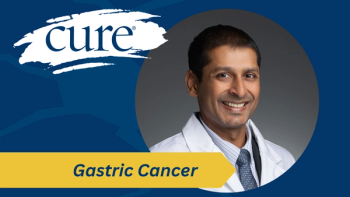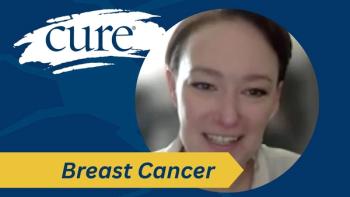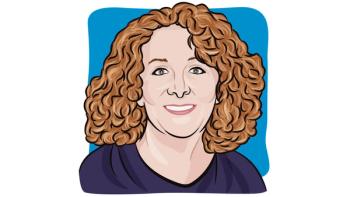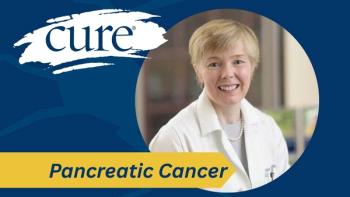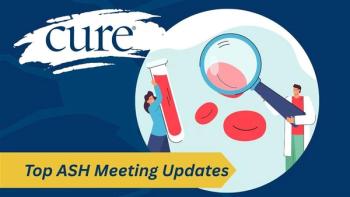
Musing About the Opioid Crisis and Cancer Survivorship
As patients with cancer are among those who are prescribed opioids for pain management, being mindful of news and of shifting policies during the opioid crisis goes along with survival.
A recent "Washington Post" greeting me with this headline: "Flooded with Opioids, Appalachia is Trying to Recover." There we are again in the news, I thought. The opioid crisis is an ongoing concern in my community. Local newspapers as well as national newspapers address it. Too many people experience the crisis firsthand.
Like it or not, although I have never been addicted to anything (except caffeine), I now see my prescription history represented in the demographics of the current opioid crisis in the Appalachian south. It is there because of my cancer history. While my contribution to the flood of opioid prescriptions is minimal, it does give me pause.
According to the
I wish I could add a footnote to the database to say that 40 of these pills manufactured by the big player were prescribed to me in 2010 for post-operative pain after a mastectomy, with instructions to take 1 to 2 tablets every four hours as needed. In the end I did not take all 40, discarding a dozen unused pills, so one might say that I was prescribed more than I needed. A week's worth of pain pills, however, is not too much for a doctor to prescribe after a complex surgery.
At the same time, we all experience pain differently. Another person might have needed 70 pills after surgery. Cancer is so often synonymous with pain. In my case, the pain was self-limiting. Often, cancer pain does not go away. It can get worse over time, depending on circumstances. It can become unbearable. A few patients with cancer I have known have wished they were allowed better pain management. One joked that he thought his doctors were worried he would get hooked on pain meds while he waited to die.
Since patients with cancer experience both acute and chronic pain, our situation was taken into account in guidelines introduced recently by the
I mentioned earlier that I was once addicted to caffeine. That may sound flippant. I do realize that caffeine addiction is nothing compared to opioid addiction. When I switched to decaf, it took two weeks to navigate the transition, which was tolerable. At the time, I wondered what it would be like to withdraw from something life-altering like opioids. I plan never to have to find out.

